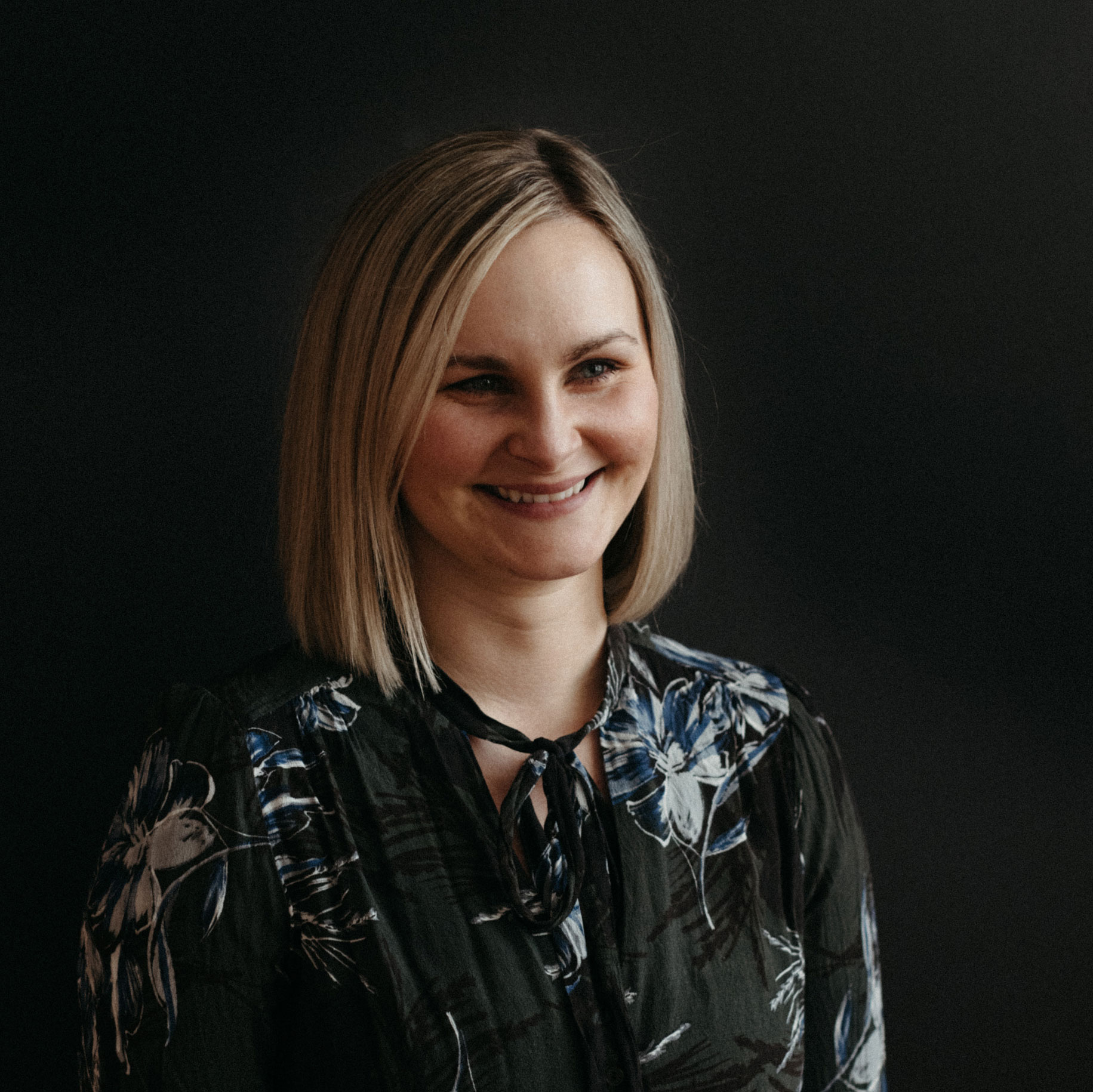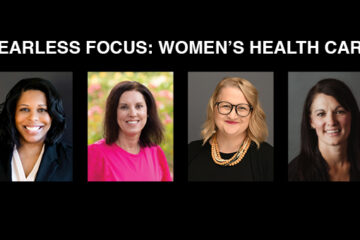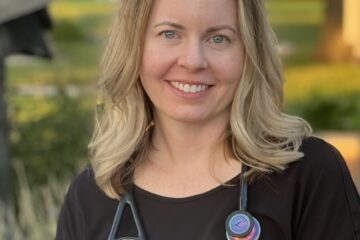Guest opinion: The need for compassionate listening in health care

By Malinda Shultice
I’ll never forget my first day of what was intended to be a temporary and very much part-time position at a senior living community in rural Iowa. We had just moved for my husband’s job, giving me more time alone with my thoughts than I knew what to do with. I was bored, sad and lonely living in a part of the state that I was unfamiliar with, especially since I was used to living in the city. Naturally, I thought filling the void with a job was the most effective plan of action. I’d never worked around the elderly population, and quite frankly the only “older” people I knew in my life were my grandparents.
Upon entering the building, I saw older people slumped over in wheelchairs, staff bantering, other residents quietly observing the room and clinical staff speed walking every which way. In that moment, every deterring thought entered my mind and for a split second I considered running for the hills. But in that instant, I heard the jingling of bells – like the type that you’d expect to hear on a sleigh.
A nurse emerged from around the corner pushing a wheelchair while sporting the bells on her shoes. The resident was smiling from ear-to-ear as the nurse pushed her into the dining room for breakfast while whispering something funny in her ear. That same nurse went out of her way to help me learn the names of the residents, and I soon met one of the most pivotal people throughout my senior living journey. Esther was a quick-witted and warm German-speaking woman in her 90s. We quickly hit it off, so much so that we often had side conversations in German that only she and I could appreciate. My relationship with Esther became the starting point for one of my greatest life lessons — the necessity for active and compassionate listening. Needless to say, I overstayed my welcome at what was supposed to be a temporary role, because I felt as if I’d found my place in this world; I had accidentally stumbled into my calling.
After moving back to the city, the next building I found myself at was at a large community in West Des Moines, where I was surrounded by affluence and a diverse team like I’d never known. I was lucky to work with people from all over the world, but with that came challenges of learning to understand one another while trying to build a healthy, sustainable organizational culture. Never would I have guessed I’d find two of my greatest friends with this career move, one being a reserved yet direct nurse from Kenya and the other a 100-year-old blind and nearly deaf woman named Betty who some how knew when anyone walked into her room, no matter how quietly. Betty was particular about who she spent her time with; I could always tell when she felt lonely and wanted to talk because she’d bring in a sweater or random item from her room that she said needed repairing and we’d spend the next 30 minutes lost in conversation.
The opposite was true of the nurse from Kenya and me. The two of us did not get along; in fact, we despised one another simply for not understanding who the other person was. It took months, grueling months of us arguing and breaking down barriers until one day we bonded over mandazi she had brought for lunch. It was the African food, open-minded conversation and compassion that together helped forge an unbreakable bond to this day. At the time, I didn’t realize the source of my success all along had been compassionate listening.
Over time my job titles expanded, as did the size of the senior living communities that I managed, but one component always remained the same: being an effective, active and compassionate listener with not only the residents, but also with my team. It wasn’t until I left the industry because it was failing to draw healthy boundaries that would protect my empathetic nature that I realized the key to me hanging on all that time had been my unintended compassionate listening moments.
Compassionate listening is listening without an agenda, without judgment and without planning the response in your head while the other person talks. It is listening in its purest form, and it is a lost art. As simple as this concept may sound, people struggle to learn or relearn it, especially within a fast-paced industry such as health care.
Health care is an intricate ecosystem derived from empathy, vulnerability, trust and the need to put others above yourself; and in this day and age, the gap between the number of people needing care versus the number of health care workers available is widening. Somewhere along the way, many health care personnel have lost the art of compassionately listening to those around them. The harsh reality is that paperwork, regulations and demand are at an all-time high, which uses up the majority of energy in a day; this in turn leaves very little time for the humanness of the job. Health care is a human-based and compassionately driven career field that unfortunately has a crafty way of feeding your soul while diminishing it at the same time.
In all actuality, the regulations aren’t going anywhere and neither is the demand for health care workers, so it becomes increasingly necessary for compassionate listening to be an integral part of the day without feeling as if another thing is added to the plate.
The first actionable item to integrate compassionate listening into practice is working on not forming a question as another person speaks. True, active listening is solely focused on what the person is saying, rather than focused on how to respond. As health care professionals, we’re busy and constantly thinking of the next thing we should be doing, but being present and forcing the mind to not think of the next question while someone is talking is a strong actionable step toward becoming a better compassionate listener.
The second actionable item involves the use of discovery learning, which is an approach that focuses on empowering others to take action within their lives based on learned experiences. Being a health care leader, it isn’t uncommon to be the subject matter expert or go-to for all answers. But by asking questions such as “Which part of this conversation are you able to take action on today?” or “What part of this dilemma do you feel you could work through right now?” the empowerment process begins. It helps others realize their potential to solve the problem, but in a compassionate and supportive way.
Compassionate listening is the lifeblood of health care; it keeps professionals going even in the midst of sincere struggle. The real problem at hand is if we don’t figure out how to implement the listening components back into our organizations, we will continue to spiral as an industry. The revolving door of burnout won’t stop, the mental health struggles won’t reduce, and people will continue to choose other facets of work if we don’t prioritize the soft skills. Patients deserve to be compassionately heard and employees deserve to be compassionately heard. As an industry we have to remind ourselves why we began the health care journey in the first place.
Being fearless as a woman in health care involves tapping into our naturally empathetic selves, which helps to pour life back into a hurting industry. As women, one of our many superpowers is the ability to incorporate compassion with accountability while leading others, which leads to positive patient outcomes and a more content team. Health care is in need of the fearlessness of women and all that they bring to the table.
Malinda Shultice is a professor at Iowa State University and Barcelona Executive Business School. She is also a licensed nursing home administrator who has worked in senior living for the past decade. She recently began her own company focused on finding solutions to address the high turnover rates within the health care industry. When she isn’t teaching, she loves to write children’s books or guest speak on different podcasts.


